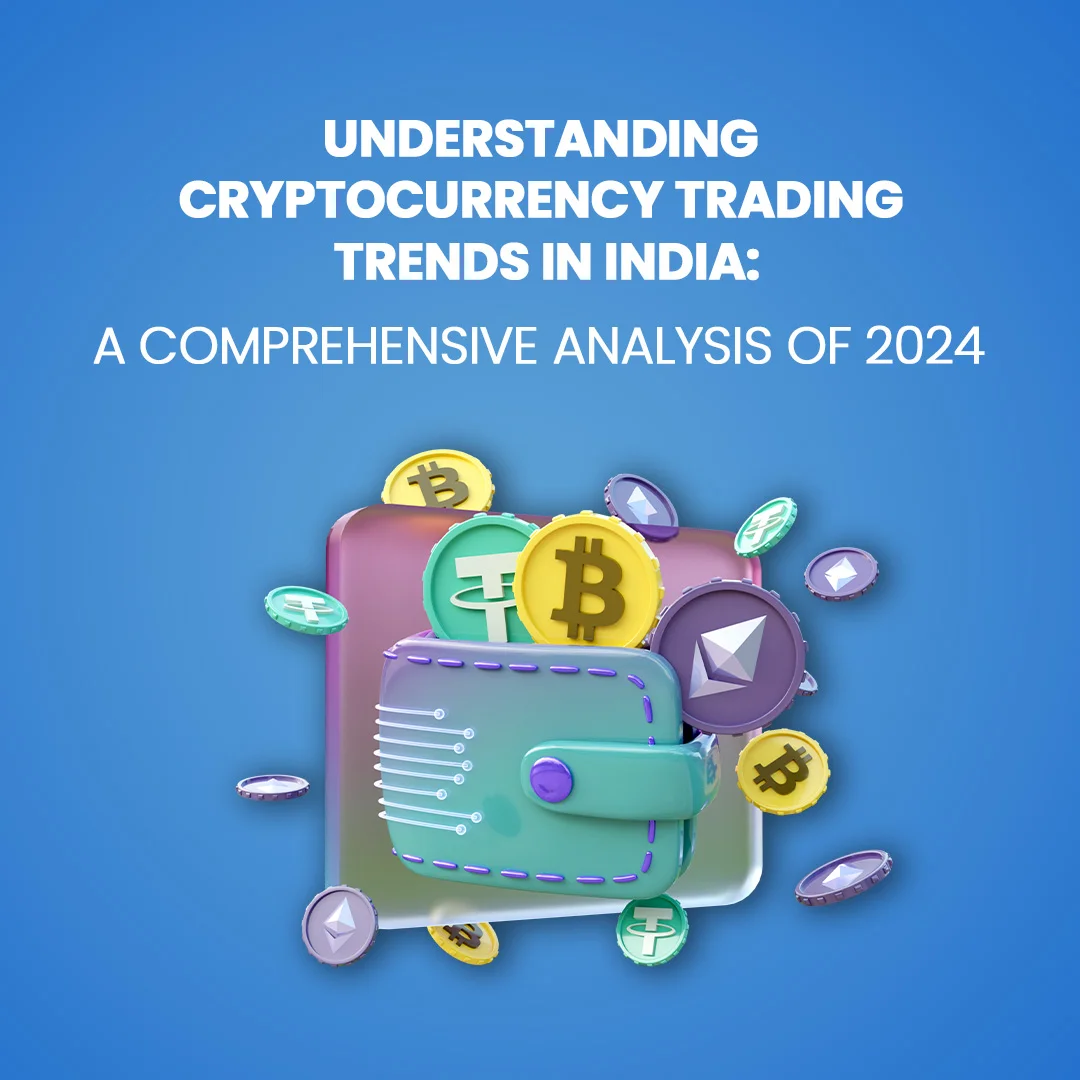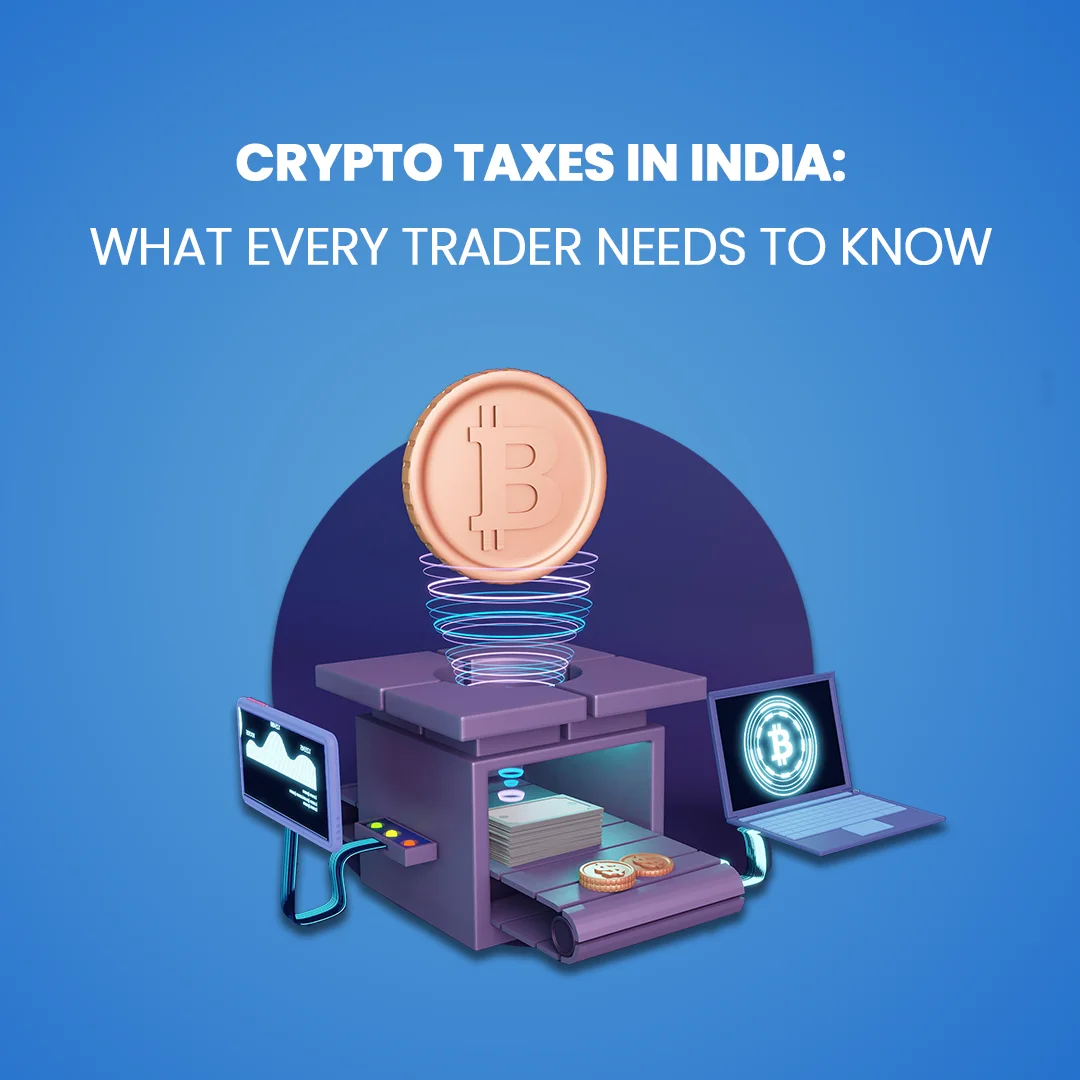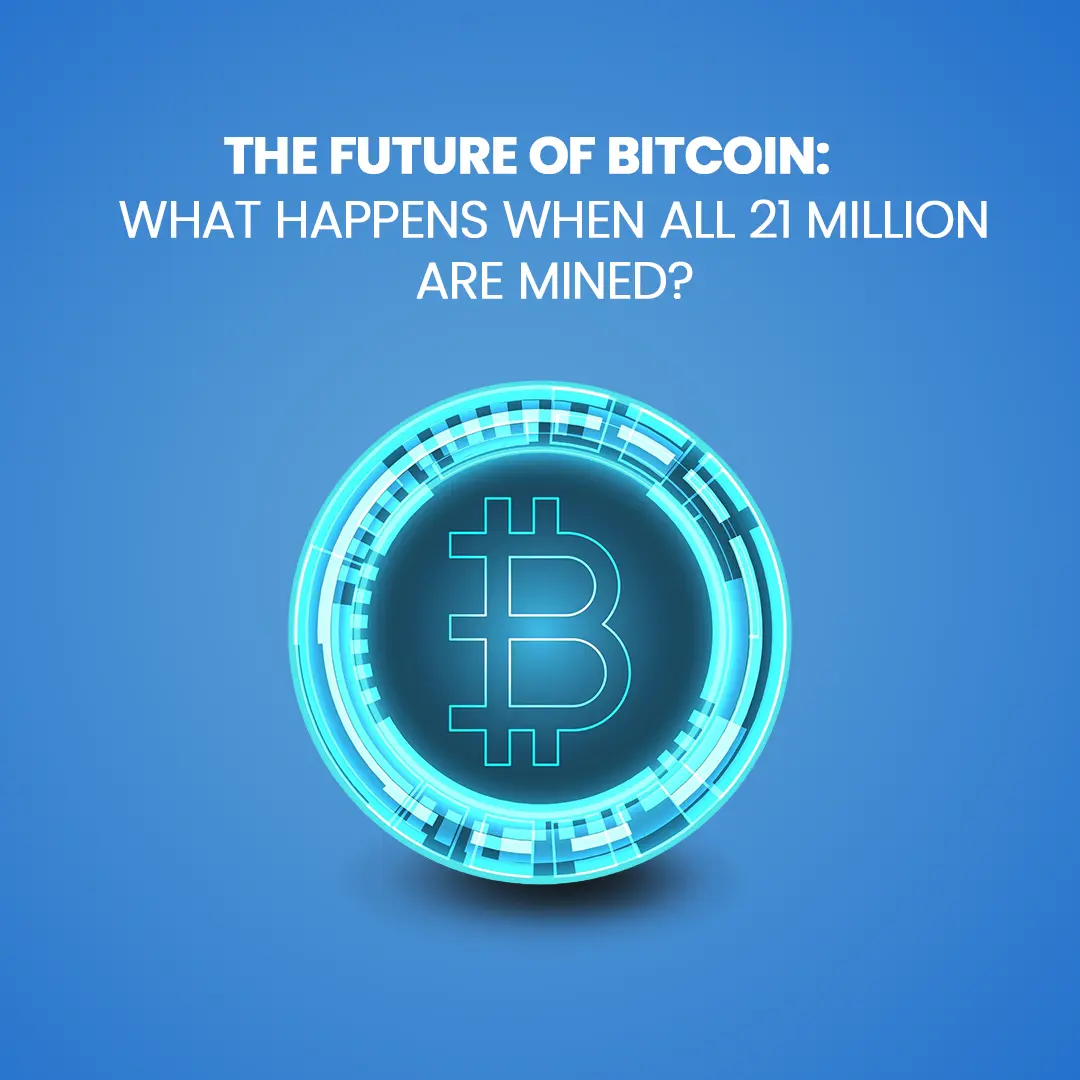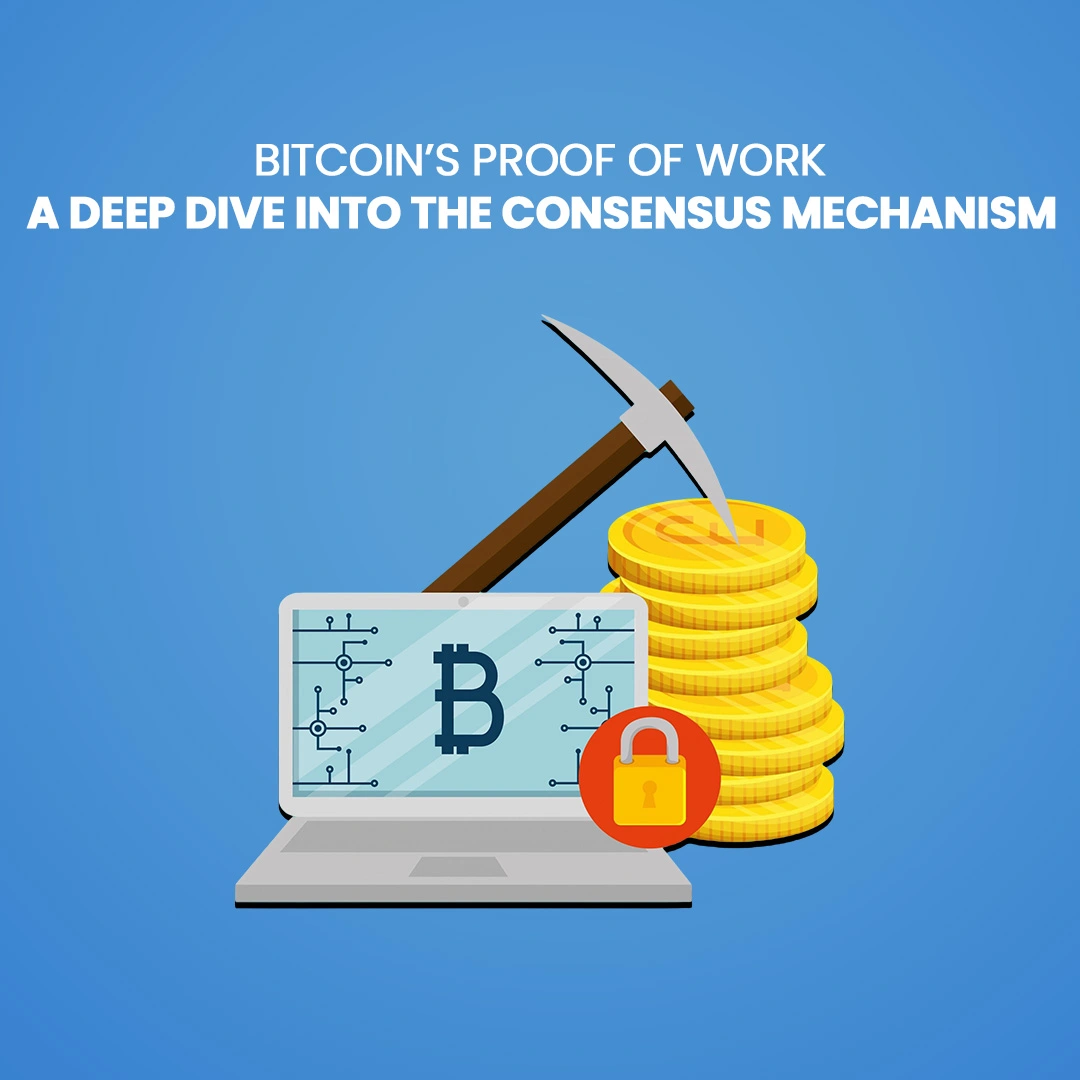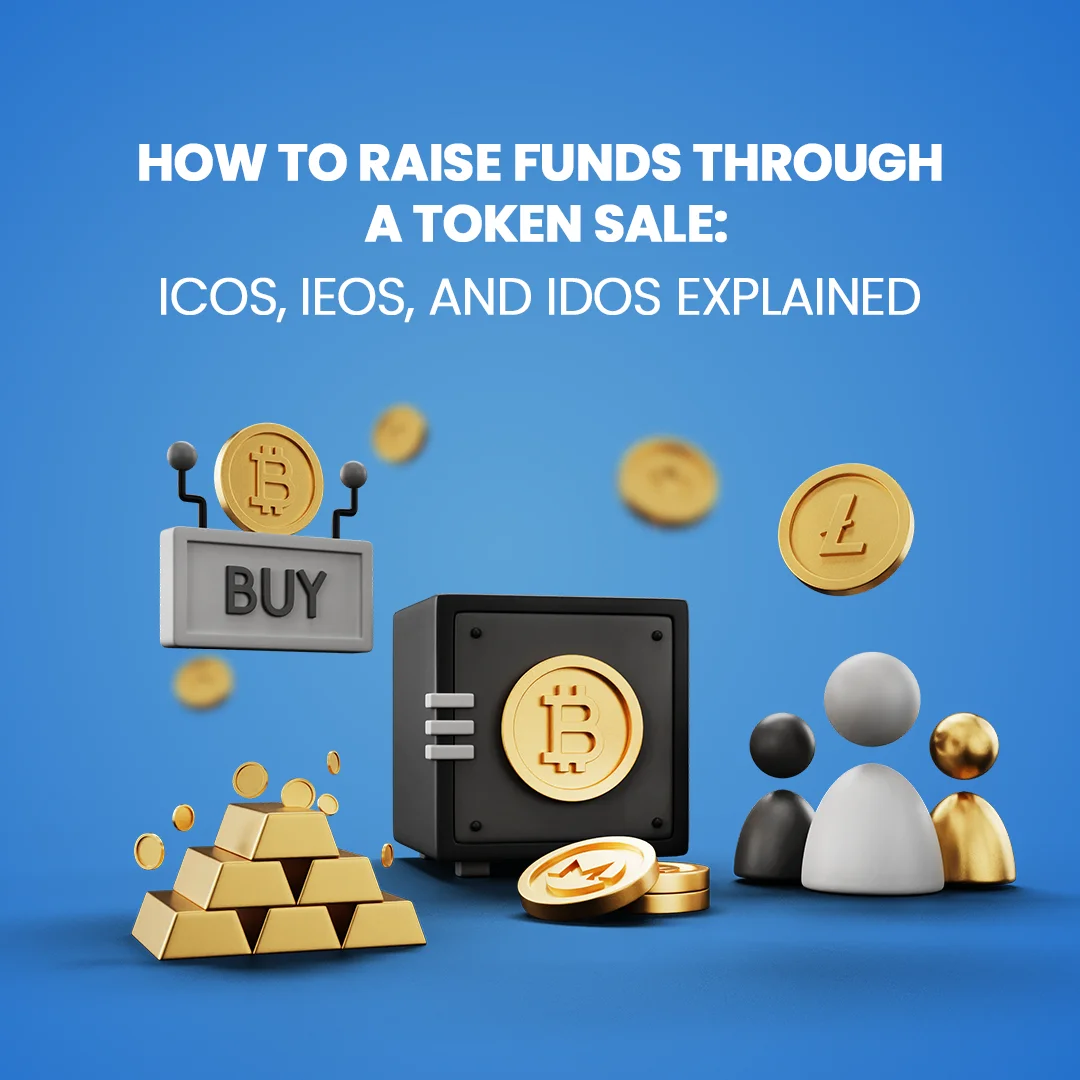

The Role of Metaverse in India’s Web 3.0 Economy
Exploring the metaverse
The emergence of Metaverse in the Web 3.0 economy in India has triggered a fundamental shift in the digital world.
These advancements will alter how people communicate, transact, and build communities on the Internet. With the help of blockchain technology, augmented reality (AR), and virtual reality (VR), the Metaverse—a collaborative virtual environment—is opening up new avenues for immersive experiences.
Web 3.0, on the other hand, emphasizes decentralization, user empowerment, and enhanced connectivity, which provide people and businesses with more influence. Metaverse in India’s Web 3.0 economy is enormously promising. India, which has one of the world’s fastest-growing digital economies, is well-positioned to take advantage of these advancements for its socioeconomic advancement.
Let us get a hang of how Metaverse fits into India’s Web 3.0 economy, thereby also investigating its applications and assessing the challenges it may face in addition to the prospects.
Read Also: The New Traders Guide on Web3 and Blockchain
The Steal Deal with Metaverse Applications in India
With the advent of the metaverse and Web 3.0, India is poised for substantial growth as technology continues to change our lives. By 2032, these advancements might boost India’s GDP by an estimated $1.1 trillion. India is in a unique position to take advantage of immersive technologies like blockchain, AR/VR, and AI because 65% of its population is under 35. As demonstrated by success stories like CoinDCX, businesses that adopt these innovations early on stand to gain a competitive advantage.
Both individuals and companies can profit greatly from the metaverse applications in India. Digital twins and extended reality are already being used by companies like TCS and Infosys to create innovative approaches, and since mid-2022, there have been over 55,000 job advertisements for experts with experience in the metaverse. At the core of the Metaverse are creators who create 3D assets, interactive AR/VR content, and NFTs that open up passive revenue sources.
In-game currencies, virtual real estate investments, and the creation of AR/VR applications tailored to a particular business are more opportunities. The fields of healthcare, education, marketing, retail, and real estate could all undergo radical change as a result of the Metaverse. The Metaverse is expected to have a significant impact on India’s digital future thanks to the country’s vibrant startup scene, large talent pool, and encouraging regulations.
Understanding India's Web 3.0 Economy
Web 3.0 is the next phase of the internet’s development, characterized by blockchain-powered apps, decentralized networks, and an emphasis on user empowerment. Web 3.0 offers real advantages for businesses and consumers while granting individuals control over their data and digital assets, in contrast to Web 2.0, which is dominated by centralized corporations.
Decentralized digital identification, modular digital assets, and automated systems backed by smart contracts that dispense with the need for a central authority are all components of Web 3.0. In essence, a decentralized internet lessens tech companies’ dominance over web ownership and management.
Users can get around the authorities that now handle their personal data thanks to this privacy-focused approach.
Consequently, the tech giants’ preferred centralized paradigm may give way to a hybrid approach that supports decentralized operational structures.
The aggressively developing Web 3.0 economy in India
The nation is moving toward a more inclusive digital environment owing to a thriving blockchain and cryptocurrency community, encouraging government programs like “Digital India,” and the rising adoption of decentralized finance (DeFi).
India is positioned as a potential leader in advancing the global Web 3.0 economy because of its growing network of Internet entrepreneurs, inventors, and startups.
India taking the lead in utilizing Web 3.0
Web 3.0 launched in India with ground-breaking inventions like Aadhaar. This served as a shining example of low-cost, high-impact technology that has changed lives. Other ground-breaking technologies like UPI, Jan Dhan, and CoWIN, which have received praise for their scalability and effectiveness worldwide, complement Aadhaar.
More than 160 Web 3.0 startups were established in India between 2021 and 2023, out of the country’s current total of over 450. CoinSwitch, CoinDCX, Polygon, WazirX, Router, Frontier, Zebpay, Rush, Tegro, OneRare, and Liminal are some of the well-known brands in the industry.
With the help of India’s flourishing accelerator ecosystem, these startups have established a global presence, demonstrating the nation’s leadership in Web 3.0 innovation.
What Motivates the Web 3.0 Startup Culture in India?
Increasing Investments: Since 2020, funding for Web 3.0 businesses has increased 37 times, reaching $1.3 billion by the first quarter of 2022.
Through seed funding and early-stage investments, leading venture capital firms, including Coinbase Ventures, Sequoia Capital India, Lightspeed, Alpha Wave, General Atlantic, and Woodstock, have played a crucial role in promoting growth.
Web 3.0 and blockchain technology may boost India’s GDP by an estimated $1.1 trillion by 2032.
Growing Digital Skill Pool
With a 120% yearly growth rate, India has the third-largest blockchain skill pool in the world.
Since many of these individuals have financial backgrounds, they are in a unique position to spur innovation.
But, there is still a disparity between supply and demand.
Strains in giving rise to the Web 3.0 arrangement
One of the most significant difficulties in creating the Web 3.0 ecosystem is a shortage of experts in its core components.
Tamil Nadu may be assumed to be prepared to take on this task in India because it produces over 200,000 technology graduates annually and may successfully integrate developing technologies.
Role of Metaverse in Web 3.0?
In the context of Web 3.0, the metaverse offers tangible benefits that go beyond its theoretical magnetism.
Its decentralized design reflects Web 3.0’s goal of establishing a user-governed internet.
Following is the role of Metaverse in Web 3.0 –
Boundless Experience
The metaverse breaks down boundaries between virtual and physical worlds, enabling cross-platform activities and supporting several users at once. It encourages interoperability, which makes it possible for different systems to integrate and migrate smoothly.
Continuity
It implies that, unlike traditional platforms, the metaverse is always accessible. Because it cannot be restarted or reset, user activities have instantaneous effects. Users can control their tracking and privacy choices through adjustable options in smart contracts, even though the history of interactions is permanent.
Having Active Interactions
Through the use of virtual reality headsets and augmented reality glasses, the metaverse provides engaging and interactive experiences that appeal to the human senses. Digital rights, payment mechanisms, communication channels, and identity representation are all enhanced by this immersion.
Experiences in Communities
Avatars with a variety of accessories allow users to display their unique personalities. Spatial communication, where body language and facial emotions greatly impact interactions, further improves interactions.
Decentralized Ownership and Control
The Metaverse operates on decentralized platforms, frequently guided by decentralized autonomous organizations (DAOs), in keeping with the tenets of Web 3.0. In order to promote autonomy and equity, users have ownership rights, such as the ability to vote for platform improvements or earn money using platform tokens.
Systems of Self-Sufficiency in Economics
Metaverse platforms generally have their currencies, typically in the form of cryptocurrency tokens, which facilitate transactions and foster economic networks within these virtual worlds. Web 3.0 is closely related to the development of the metaverse, which is expected to enable online representations of the actual world by combining Web 3.0 features with suitable Web 2.0 technologies.
For instance, the metaverse has given these interactions immersive and decentralized aspects, even while Web 2.0 offered user conveniences in areas like social networking and online commerce. India offers an ideal environment for these synergies to flourish because of its rapidly expanding internet access and youth-driven digital environments.
Read Also: Web 3.0 Unveiled Insights into the Future of the Internet
Applications of the Metaverse in India
There are several uses for the metaverse in various industries, and India is well-positioned to benefit from these opportunities.
Let us examine a few of the most promising fields:
1. Education Sector
The metaverse has a lot to offer the Indian educational system. Engaging learning experiences are offered via virtual classrooms, which enable students to interact creatively with concepts. For example, students can conduct virtual science experiments, study historical events, or work together in real-time on global initiatives.
2. Medical Care
Incorporating telemedicine into the metaverse has the potential to revolutionize healthcare accessibility in India. Immersion consultations allow doctors to provide high-quality healthcare to patients in remote areas. Online training courses and VR-based diagnostics can help healthcare professionals become more proficient.
3. Online shopping
The metaverse can be used by India’s rapidly expanding e-commerce industry to provide individualized and engaging purchasing experiences. Customers can interact with products in 3D settings, digitally try on clothing, and explore digital showrooms, all of which reduce return rates and increase consumer happiness.
4. Real estate
The metaverse’s virtual property tours have the potential to completely transform India’s real estate market. Virtual real estate investment opens up new revenue streams, and buyers may see homes from anywhere in the world. People can purchase digital land on platforms like Sandbox and Decentraland, which are pioneers in the metaverse. Similar to physical marketplaces, the virtual location of these properties affects their value. Owners can choose to lease their digital plots to third parties or develop them for financial gain.
5. Entertainment
The metaverse can be used by the music, gaming, and Bollywood industries to create immersive fan experiences. The Metaverse offers spectators in India unique engagement opportunities, ranging from taking part in interactive gaming environments to attending virtual film premieres.
6. Work Spaces
The metaverse provides virtual offices where team members may work together, hold meetings, and build connections in immersive environments as remote working becomes increasingly common. By simulating the nuances of in-person interactions, these digital workspaces increase productivity.
Challenges in Expanding the Metaverse in India
To fully realize the metaverse’s potential in India, several issues must be resolved, although it offers many opportunities:
1. Limitations of Technology
Adoption of the metaverse necessitates advanced computer systems and fast internet. The primary barrier to attaining inclusion in India is the current digital divide between rural and urban areas.
2. Admission Fees
Many Indian customers still find AR/VR gadgets, which are necessary for the metaverse, to be too expensive. To encourage broad use, creative financing options and reasonably priced substitutes are required.
3. Concerns about Regulation
The development of the metaverse may be hampered by India’s ambiguous laws governing digital assets. Establishing favorable and transparent policies is essential to promoting investment and innovation.
4. Lack of Knowledge and Skills
Many Indians are unaware of the potential advantages of the metaverse. Adoption will be greatly facilitated by focused educational campaigns and skill-building activities.
The Metaverse's Prospects in India's Web 3.0 Economy
India’s metaverse appears to have an optimistic future because of private funding, government backing, and a creative business culture. The key trends to monitor are as follows:
1. Government Support
Programs like “Digital India” and “Startup India” have the potential to foster innovation in the metaverse industry. Government representatives and tech companies working together can create a development-friendly environment.
2. Career Possibilities
Jobs in fields including digital marketing, blockchain technology, augmented reality/virtual reality development, and gaming are expected to be created by the Metaverse. These jobs have the potential to significantly support India’s economy.
3. Growth in the Economy
India can create new revenue streams and position itself as a global leader in the Web 3.0 space by integrating the metaverse into industries like retail, entertainment, and education.
4. Accessibility of Digital Content
In order to promote fair growth and close the technological gap, efforts should be made to make metaverse technologies accessible to marginalized and rural areas.
5. Summits and Conferences on Technology
Bringing up the potential in the Web 3.0 space requires events like TechNext. These events showcase cutting-edge technologies like blockchain, AI, digital trust, NFTs, and the metaverse, encouraging inventiveness, providing practical experiences, and strengthening India’s rapidly developing tech sector.
To conclude, the metaverse is more than just a passing trend in technology; it is a transformative force that aligns perfectly with the principles of Web 3.0. Through encouraging innovation, economic growth, and digital inclusivity, the Metaverse has the potential to revolutionize India’s Web 3.0 economy. But to accomplish this, problems like technological accessibility, regulatory clarity, and talent development need to be fixed. By promoting collaboration between the public and private sectors as well as academic institutions, India may fully realize the potential of the metaverse. As these technologies gain traction, the country is poised to become a global leader in the Web 3.0 revolution, demonstrating how technology can drive social and economic transformation.
FAQs
Key drivers include large investments, a strong talent pool, and incubators that prioritize innovation.
As of 2023, there are more than 450 Web 3.0 startups operating in India.
Polygon, CoinSwitch, CoinDCX, WazirX, and Zebpay are notable names.
By 2032, Web 3.0 and blockchain might boost India’s GDP by $1.1 trillion.
By bridging the divide between industry, academia, and government, they promote creativity and the growth of talent.

